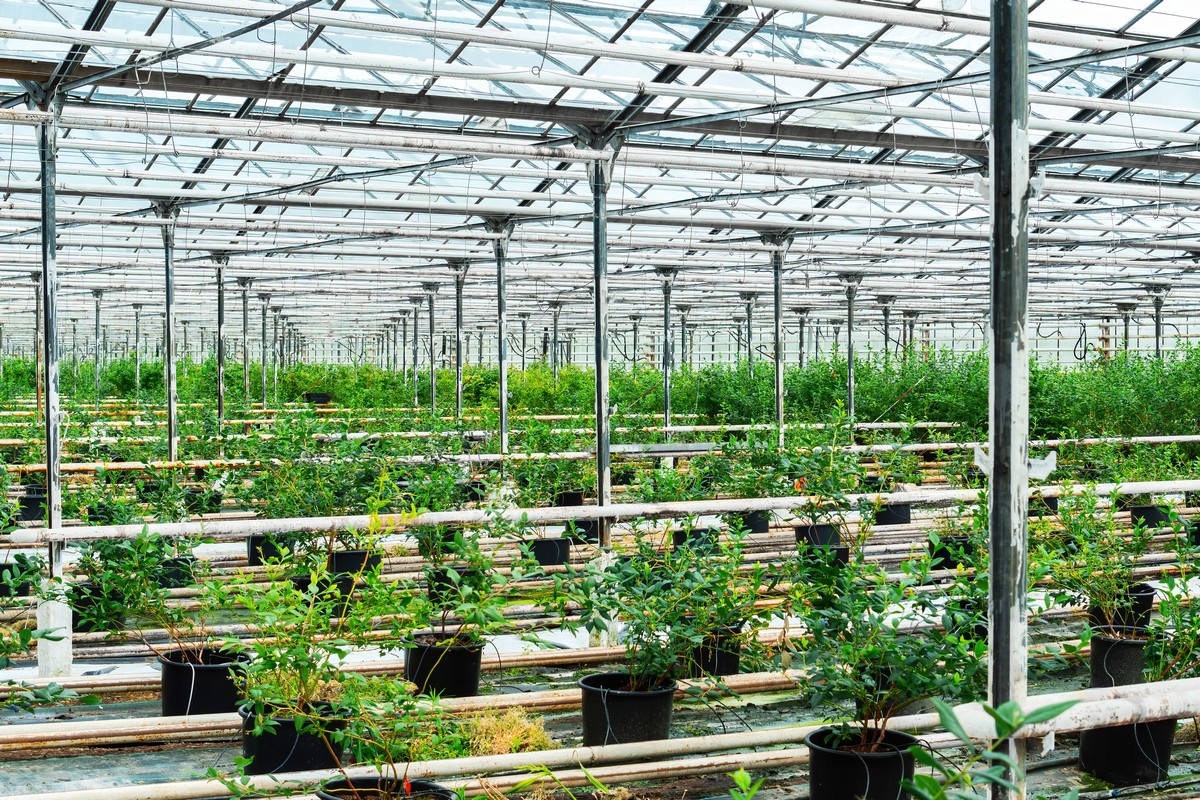
January 13, 2025 – Cargill (EWOS) Canada became the first ASC certified feed company in Canada. Their feed mill, operating out of Surrey, British Columbia, produces feed for a variety of species, including trout, salmon, seabass, seabream and meagre, seriola, cobia and tilapia. Cargill Canada’s ASC feed certification is a key step forward for the supply of responsible feed to farms across North America and the Pacific Rim.
 |
| Feed being distributed at an ASC certified trout farm in North America |
Mowi Feed has also achieved ASC feed certification for both its facilities in Scotland and Norway. Operating our of Kyleakin on the east coast of the Isle of Skye, Scotland, and Valsneset in central-western Norway, respectively, their state-of-the-art feed mills produce feed for salmon. Both ASC feed certifications for Mowi Feed reflect further progress for responsible salmon farming in the UK and Norway.
You may also be interested in:
ASC drives farmed seafood transformation by leveraging expertise, fostering innovation and partnering with the supply chain to amplify impact. These recent certifications, alongside all other certifications and commitments achieved since the launch of the ASC Feed Standard, play a pivotal role in this mission of transforming the industry towards greater environmental and social responsibility.
There are now 16 Units of Certification in the ASC Feed programme (comprising 22 individual certified feed mill sites) across numerous countries including Canada, Chile, Ecuador, Honduras, Mexico, Norway, Thailand, Vietnam and the UK, displaying the strong global uptake of the ASC feed certification programme.
A diverse mix of multinational and regional companies have achieved ASC Feed certification showing that complying with its robust requirements is accessible and achievable. With numerous further feed companies in the initial audit phase, 2025 is already shaping up to be another strong year of ASC Feed Certification uptake.
ASC certified farms have until October 31, 2025, to ensure their feed supply is ASC-conforming – in other words, feed produced by mills that are certified against the ASC Feed Standard. The use of ASC-conforming feed is necessary for ASC certified farms to continue meeting the ASC Farm Standard and retain their certification.
For more information, visit HERE.
The Aquaculturists



